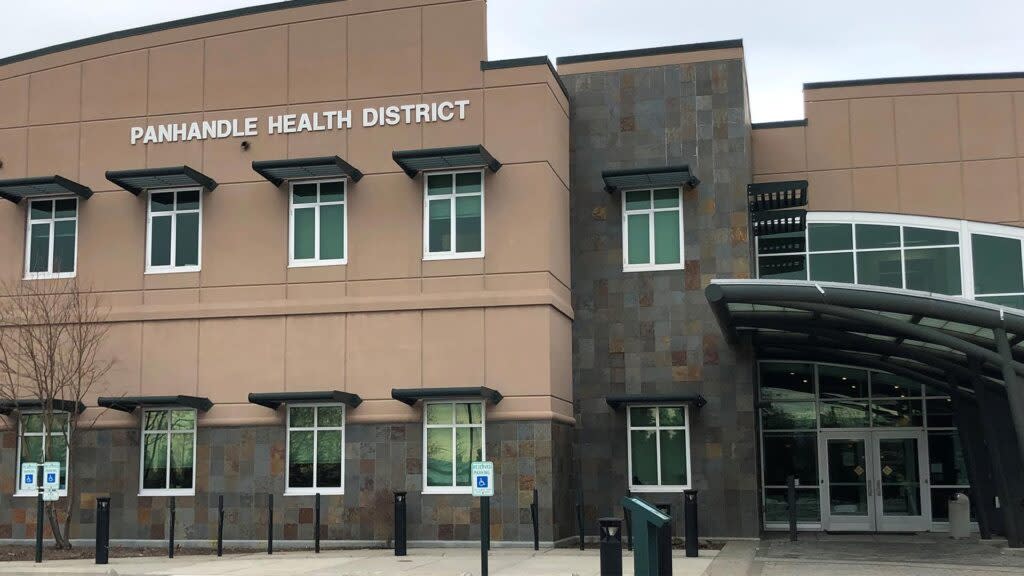Whooping cough cases rise in North Idaho’s Kootenai County, health officials say

The Panhandle Health District announced that the district has reported 19 confirmed cases of whooping cough, also known as pertussis, in Kootenai County, up from only nine cases reported between 2021 and 2023. (Courtesy of the Panhandle Health District)
Whooping cough, a highly contagious disease most dangerous to babies, is on the rise in Kootenai County, home to Coeur d’Alene in North Idaho, health officials say.
Panhandle Health District announced in a news release on Wednesday that the district has reported 19 confirmed cases of whooping cough, also known as pertussis, in Kootenai County, up from only nine cases reported between 2021 and 2023.
Most cases are among people under age 18, the health district said.
“Whooping cough is a very contagious illness and spreads easily from person to person,” health district epidemiologist Rebecca Betz said in the news release. “People are typically contagious from the very first symptoms and can continue to remain contagious for up to 21 days without antibiotic intervention. Some people’s symptoms will be mild, making it hard to recognize they have whooping cough.”
Panhandle Health District spokesperson Katherine Hoyer told the Idaho Capital Sun on Thursday that the health district hadn’t confirmed whooping cough cases this year in other counties it serves. Panhandle Health District serves Benewah, Boundary, Kootenai, Shoshone and Bonner counties.
Pertussis is most dangerous for babies, the health district says, but the disease could cause serious illness for others. Many infants become infected, the news release said, by older family members who may be unaware of a pertussis infection, which has early symptoms similar to a cold.
GET THE MORNING HEADLINES DELIVERED TO YOUR INBOX
What pertussis or whooping cough symptoms to look out for
Early pertussis symptoms, which can last for a week or two, typically include a stuffy or runny nose, low-grade fevers, mild cough (except in babies) and life-threatening breathing pauses called apnea, the health district says. Early symptoms in babies and young children also include turning blue or purple, called cyanosis.
People with whooping cough, a week or two after symptoms begin, could have violent uncontrolled coughing fits. The health district says that could cause: High-pitched “whoop” sounds when infected people inhale after coughing fits, fatigue following coughing fits and struggling to breath.
About 1 in 100 infants with whooping cough have convulsions, the health district says. Pertussis is deadly in rare cases, the health district says, especially in infants younger than 1 year old.
The disease can be treated with antibiotics. Treatment is most effective early, the CDC says.
Vaccines for pertussis — called DTaP for infants and children, and Tdap for adolescents, adults and pregnant women — are available at many dotor’s offices, public health districts and pharmacies, the release said.
“Being vaccinated against pertussis is your best defense to avoid experiencing a severe case of the illness and can help limit the spread of the illness among your loved ones,” Betz said in the news release.
Families can access immunization records online.
For people living with someone with whooping cough, exposed people at risk of serious disease, or people who will contact someone at risk of serious illness, Panhandle Health District recommends talking to a doctor about preventive antibiotics.
The post Whooping cough cases rise in North Idaho’s Kootenai County, health officials say appeared first on Idaho Capital Sun.

